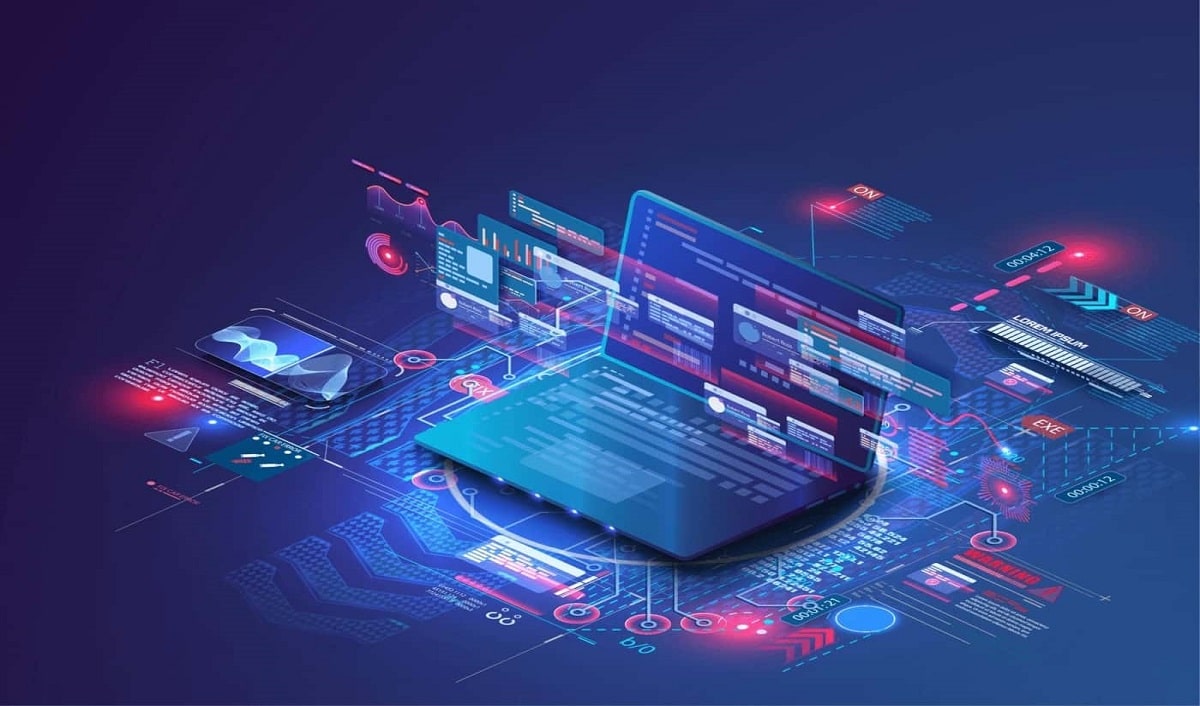The retail landscape is constantly evolving, and technology continues to push the boundaries of what is possible. One such innovation that is making significant waves in the grocery industry is indoor mapping analytics.
Indoor mapping analytics is reshaping the way customers navigate grocery stores and offers benefits not just to shoppers but also to store owners.
In this blog, let’s dive deeper into indoor mapping analytics, exploring how it works, its impact on grocery retail, and the role of indoor mapping software in creating in-store grocery maps.
Understanding indoor mapping analytics
At its core, indoor mapping analytics is a technology-driven solution that leverages consumer data and algorithms to create detailed and interactive maps of the interior of a store. Think of it as a GPS for stores – instead of streets and highways, these maps have aisles and sections of a grocery store!
However, these maps are more than just visual aids; they also offer precise location information and can even calculate the most efficient routes for shoppers to take as they travel through the store.
The role of indoor mapping software
The ability to create in-store grocery maps using MappedIn and similar platforms is enabling stores to use data-driven insights for improved operations and enhanced customer experience. This innovative technology empowers grocery store owners to design and implement in-store maps that are not just static diagrams but dynamic tools enhanced with advanced sensors and beacons strategically placed throughout the store. This network of sensors collects anonymous data about shopper movement, wait times in different areas of the store, and even the most popularly used pathways.
As this technology matures and becomes more widespread, the way customers shop and interact in grocery stores will evolve, and the retail experience will become more seamless and rewarding.
Optimizing the shopping experience
The true magic of indoor mapping analytics lies in its potential to enhance the shopping experience for consumers. These digital maps guide customers to their desired products with clear directions, thus reducing the time they spend wandering in aisles! With indoor mapping, shoppers can efficiently locate the items they need, compare prices, and make decisions a lot quicker.
However, the benefits extend beyond just the shopping cart. Store owners are discovering valuable insights from the data generated by indoor mapping analytics. By analyzing shopper behavior, store traffic patterns, and product preferences, they can optimize store layouts, refine product placement, and even develop targeted marketing strategies.
This data-driven approach enables retailers to cater to their customers more effectively, which results in improved customer satisfaction and potentially increased sales.
Balancing convenience with privacy
Collecting shopper data can raise legitimate privacy issues among concerned customers. However, reputable mapping solutions will always prioritize customer privacy and security. The data that is collected contains no personal identifiers and ensures the anonymity of individual shoppers. The purpose of this data is only to analyze patterns and trends and empower retailers to enhance the shopping experience and environment without compromising personal privacy.
A glimpse into the future of grocery retail
Indoor mapping analytics has already significantly impacted the retail sector and is only expected to grow in the future. As technology continues to evolve, we can expect indoor mapping solutions to get even more sophisticated. Who knows, they might even integrate with augmented reality (AR) and virtual reality (VR) experiences! Can you imagine putting on a pair of AR glasses that overlay digital information onto the physical store environment and make the shopping journey even more immersive and efficient?
Wrapping up
In a nutshell, there is no denying that indoor mapping analytics is changing the face of grocery retail. These maps don’t just help you navigate; they use the power of data to make your shopping trip more efficient and enjoyable. So the next time you are cruising down the aisle, trying to pick your next box of cereal, remember – there is more to those maps than meets the eye!
Related: Analytical Intelligence: The Engine of Data-Driven Decision-Making




